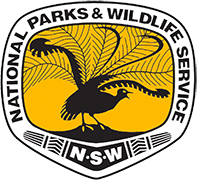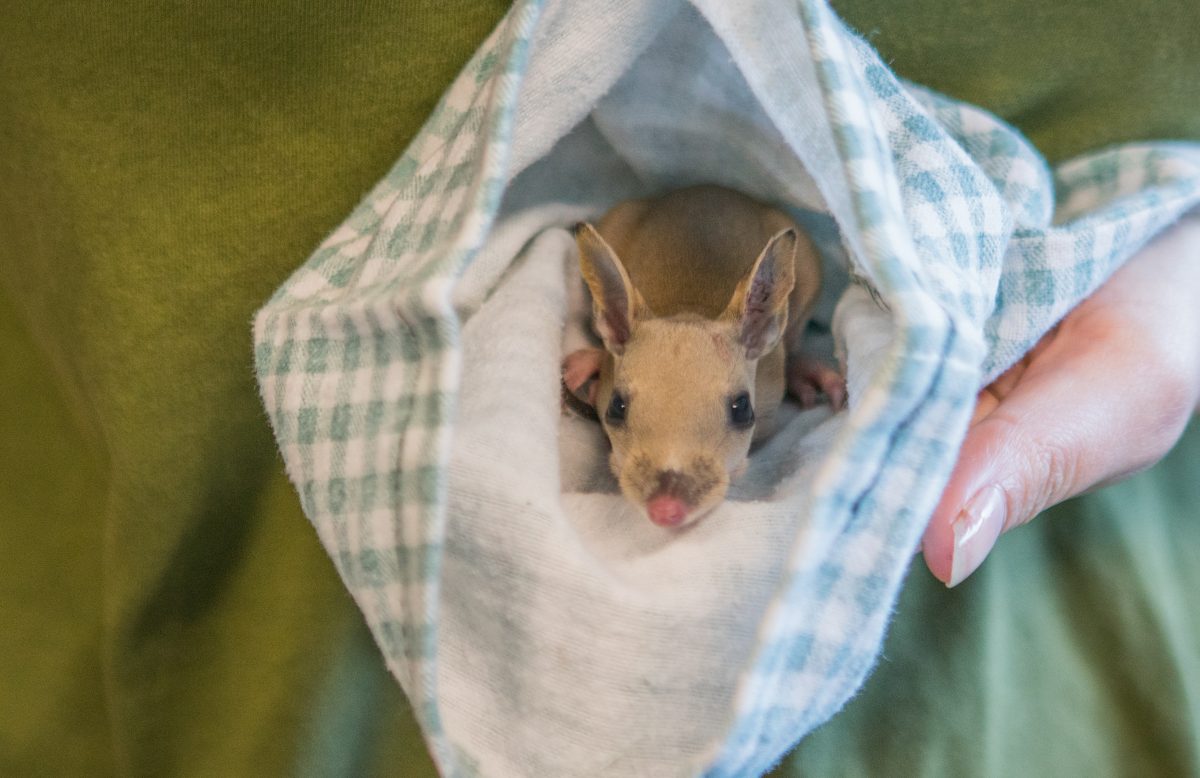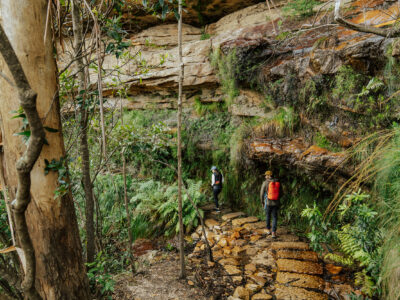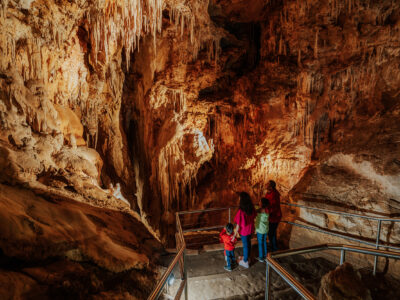We live in the land where the cassowary (basically a living dinosaur) and the platypus (at least three animals mushed together) exist in harmony. Heaps of weird and adorable critters cute enough to rival any introduced species squatting in our national parks and backyards. Do you know what a bandicoot is? Have you seen a baby emu before? Well, you’re about to.
As always the saying goes “look but don’t touch”, keep a safe distance from all wildlife and definitely help keep wildlife wild #DontFeedIt.
-
1/8
More like bandicutes
Part fox, part dog, part rabbit or part possum? They might look like a combination of common introduced species but long-nosed bandicoots are original: the real native deal. These little guys, and their cousins the endangered southern brown bandicoot, used to be a mainstay of Sydney’s backyards, but now they’re mostly found in Ku-ring-gai Chase National Park, Garigal National Park. Beowa National Park and Nadgee Nature Reserve on the South Coast.
The Saving our Species program is monitoring the small population of southern brown bandicoots remaining in NSW and managing threats like cats and foxes to ensure there’s a future for these animals for years to come.
Did you know: They’re super shy, but if you want to find a bandicoot, listen out for a “whuff, whuff” noise they make when irritated, a high-pitched bird-like noise they use to find each other, and a “chuff, chuff” with a high squeal when alarmed.
-
2/8
Wombats
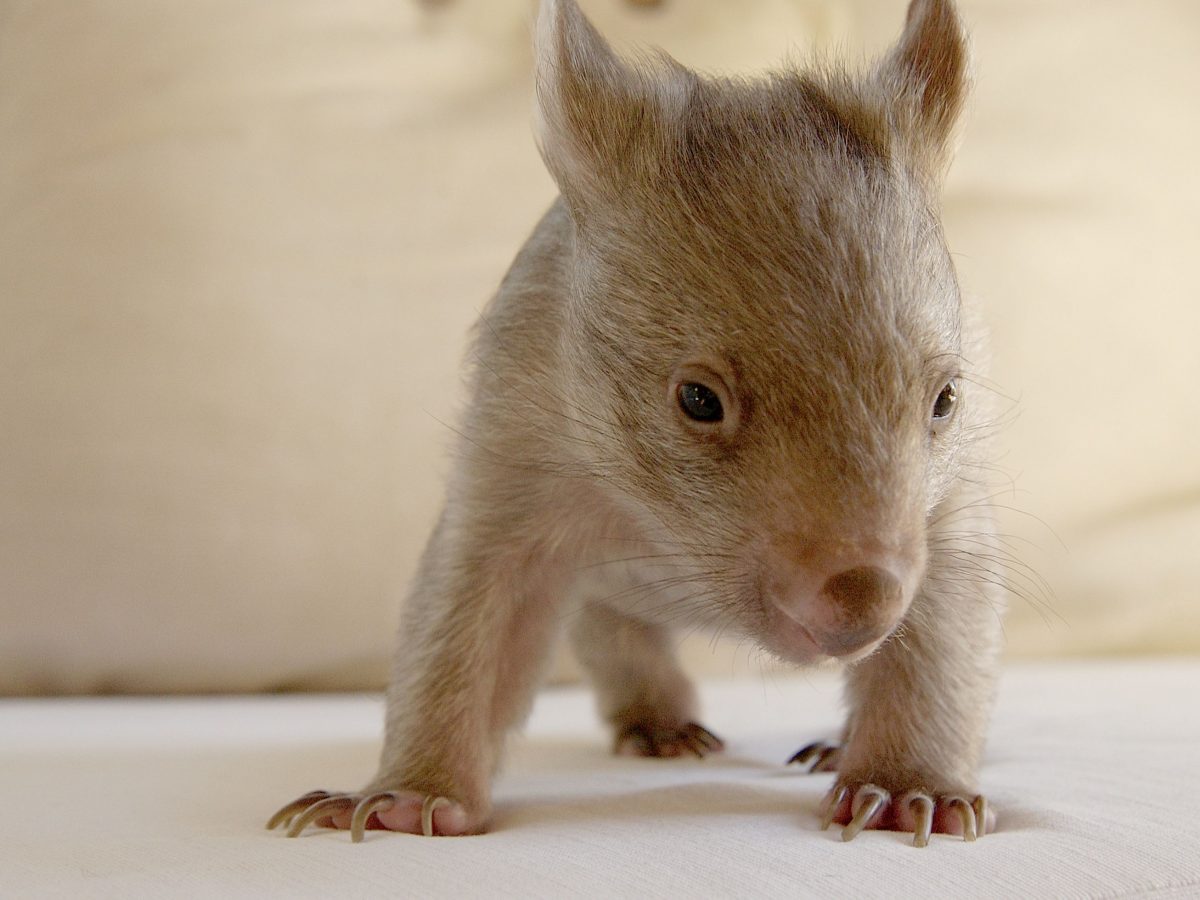 Photo Information
Photo InformationThey might have four legs but even baby wombats need to find their feet. [Squeal]
© Simone Cottrell
You’re probably aware of the wombat’s reputation as a furry battering ram … but looking at this adooorable joey, how could that be true?! From this teeny size, this little one could grow to be a 26kg loaf with a big brown nose and coarse, bushy hair. Contrary to the myth they’ll bulldoze you while you’re on a bushwalk, they’re actually not particularly dangerous, preferring a secluded life in and around their burrow.
Did you know: Wombats can run as fast as Olympic gold medalist Usain Bolt, at 40km/h – but only for a very short distance! Their pouch faces backwards so their young are protected from dirt and debris when they’re on the move.
-
3/8
CatDog aka the Spotted-Tailed Quoll
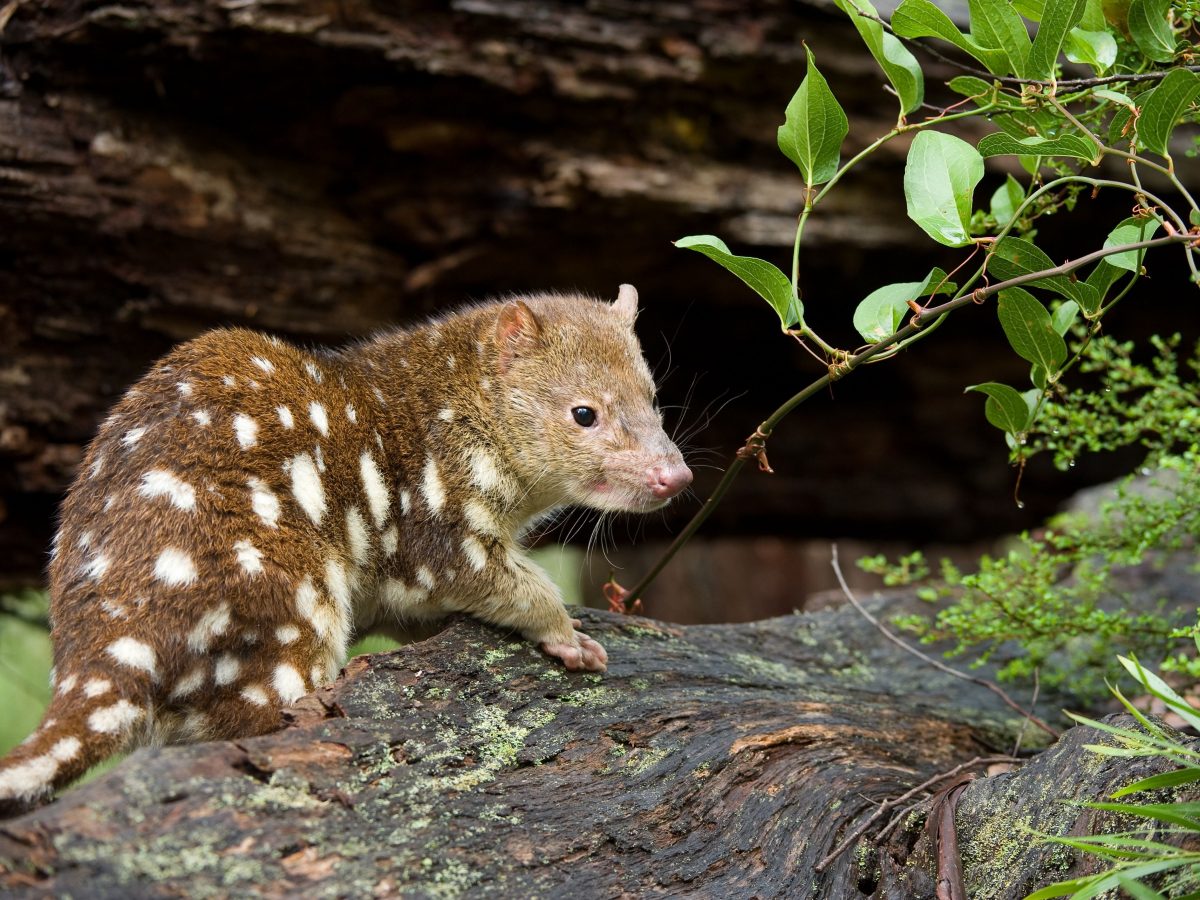 Photo Information
Photo InformationEasy, tiger.
Thungutti campground
New England National Park
Jim Evans
Find yourself at the eternal impasse of cat or dog? Get this: there’s a species in Australia (the Dasyuridae family) that will quench any preference on the canine-feline spectrum. Famous family members include Looney Tunes fave the Tasmanian devil, and the lesser-known quoll, Australia’s answer to the cat. But these spotty guys aren’t about to sleep curled up on your bed all day: they hunt gliders, possums and bandicoots, making them the only critter on the list that will actually take out their competition. Brutal.
Although they’re fierce hunters, the spotted-tailed quoll is actually under threat in NSW, due in part to habitat loss and competition with introduced predators, like cats and foxes. Saving our Species is leading ground-breaking research and monitoring to give scientists an insight into the mysterious world of spotted-tailed quolls in NSW. There’s lots to learn about these animals and the more we know and understand how they live, the better chance we have of conserving them in the wild.
-
4/8
Prickly in body, not in attitude
 Photo Information
Photo InformationHow to blend into the background.
Haycock Point to Barmouth Beach walking track
Beowa National Park
John Yurasek/DPIE
Even though it has prickles, the echidna doesn’t have a prickly personality. This Pokemon-looking critter is not going out of its way to start trouble: the echidna is timid and would rather roll into a ball and wedge itself somewhere to hide than get into a fight. If unprovoked, it’s only a threat to ants, termites and grubs which it slurps through its lil snout using a sticky tongue. Don’t be fooled by their size, these little critters can eat up to 2kg of termites in one sitting.
Did you know: Echidnas are one of the oldest (if not the oldest) mammals on earth. They’re monotreme mammals laying eggs instead of live young. Their babies are called ‘puggles’.
-
5/8
Are ’roo really cuter than this?
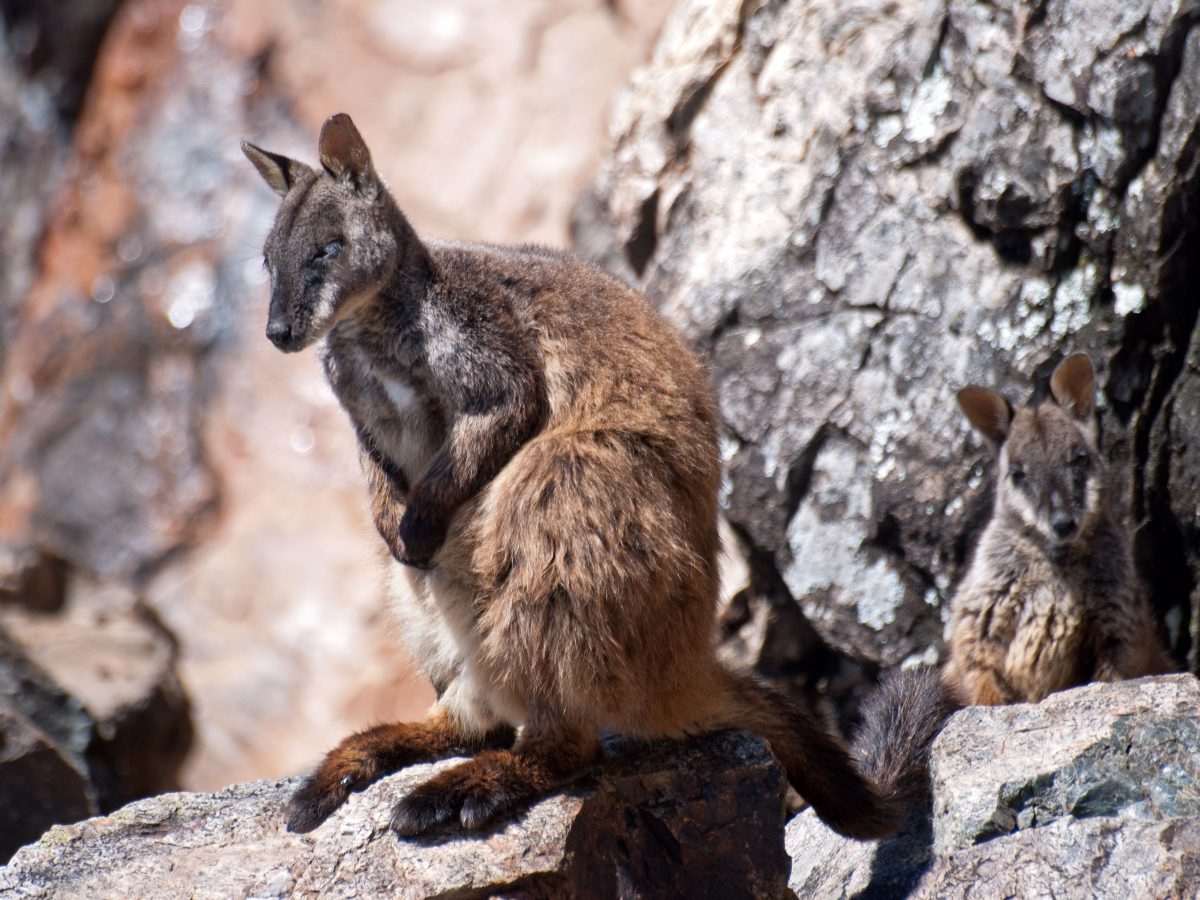 Photo Information
Photo InformationBig foot. A brush-tailed rock-wallaby and joey.
Green Gully track
Oxley Wild Rivers National Park
© S Ruming
While their kangaroo cousins hog the limelight, these big-footed, brush-tailed rock-wallabies easily win in the cuteness department: they’re smaller, fuzzier, and they might even pose nose-first for a photo to prove it. The name ‘wallaby’ actually comes from Sydney’s Eora Aboriginal People.
Did you know? The brushed-tailed rock-wallaby is often confused with the common swamp wallaby but are smaller, standing shorter than your knee and distinguishable by their unique brush-like tail.
To lend a much-needed hand to this endangered rock-wallaby after the devastating 2019-20 bushfires, Saving our Species, NPWS rangers and partners delivered more than three tonnes of sweet potatoes, carrots and lucerne to colonies across NSW.
Check out our live streaming brush-tailed rock-wallaby cam.
-
6/8
Three-in-one, how could you go wrong?
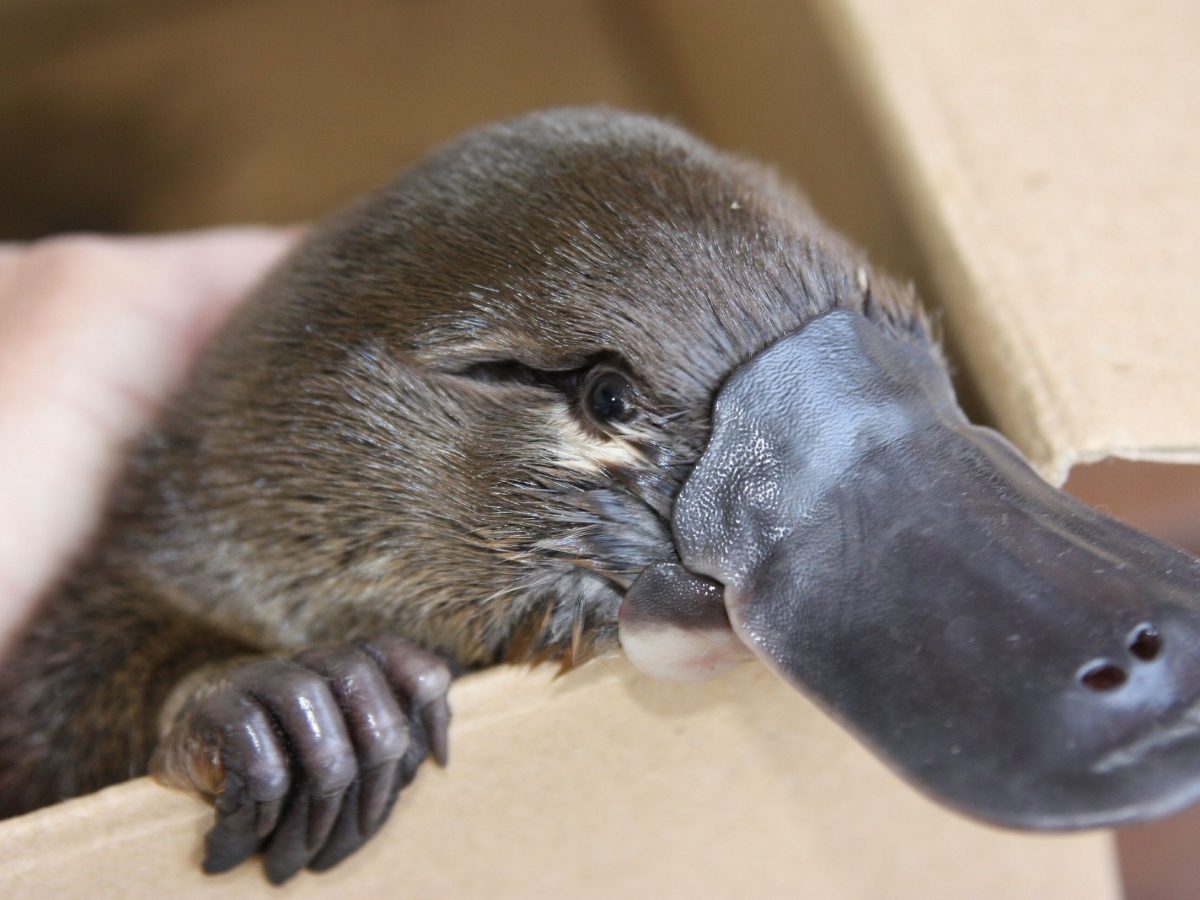 Photo Information
Photo InformationProof the platypus is a real animal.
M Bannerman / OEH
Let’s get it out of the way: the platypus is undeniably weird. Looking like a Mr-Potato-Head combo of a duck, a mole and a sea otter, even the earliest European scientists thought it was a hoax. Though some may still poke fun of this unusual but cute looking little guy, the male platypus gets the last laugh as it’s one of the few venomous mammals, smuggling a stinger on its back ankles.
Because they’re naturally shy creatures it makes them hard to spot. So if you’re lucky to come across one it’s pretty magical:
View this post on InstagramPhoto: @zakari_kha
Did you know? Along with the echidna, the duck-billed platypus, are the only known monotremes, or egg-laying mammals in existence.
-
7/8
It’s my tern
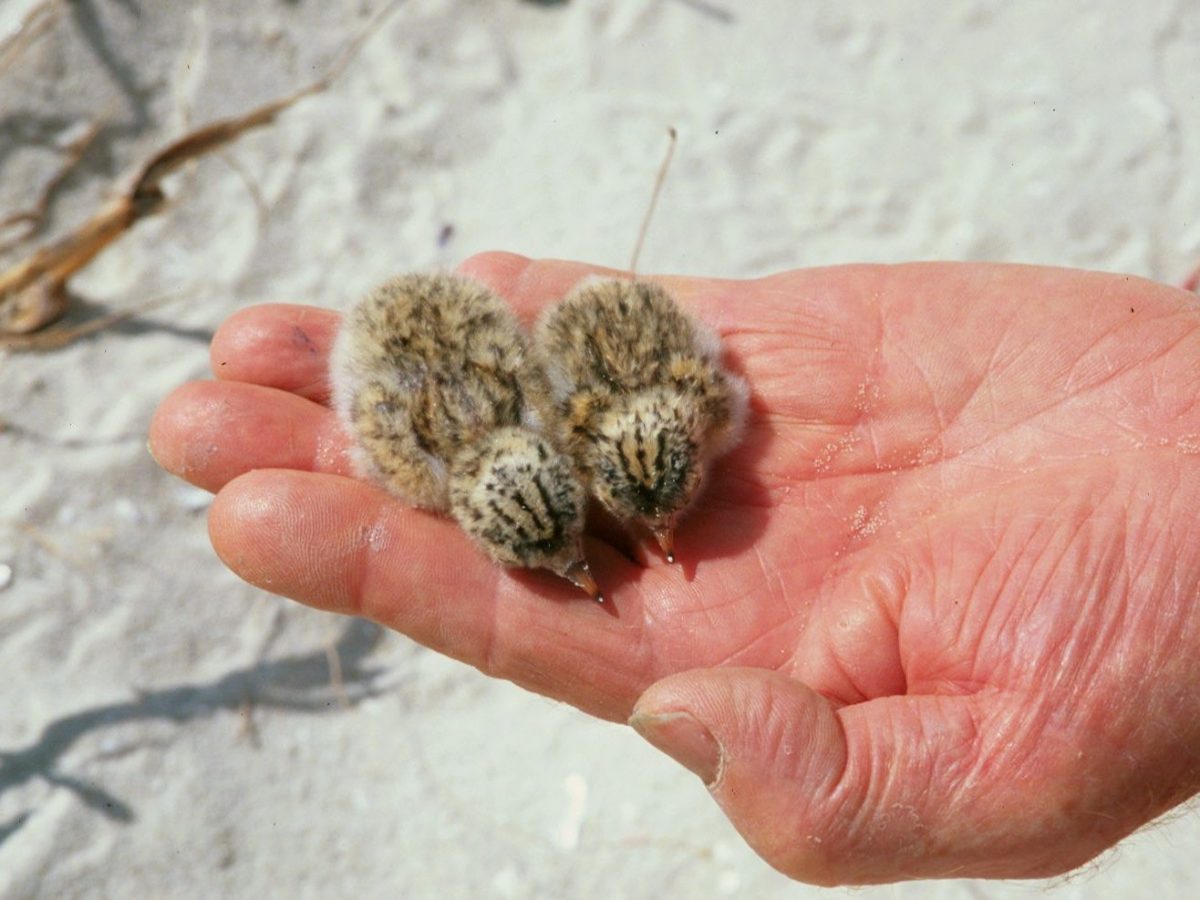 Photo Information
Photo InformationOne good tern deserves another
Michael Jarman/OEH
Despite their size, terns are impressively fierce, using their flying skills and numbers to hassle intruders away from the breeding community. Cute? Yes. Intimidating? Also yes. Their chicks are spotty for camouflage, but it also means they’re some of the cutest babies around.
Little terns are under threat in NSW, largely because of disturbance by dogs, unaware beachgoers and 4WD vehicles on beaches.
There are a few simple steps you can take to keep beach-nesting birds safe and help to #SharetheShore:
-
8/8
Tiny but deadly
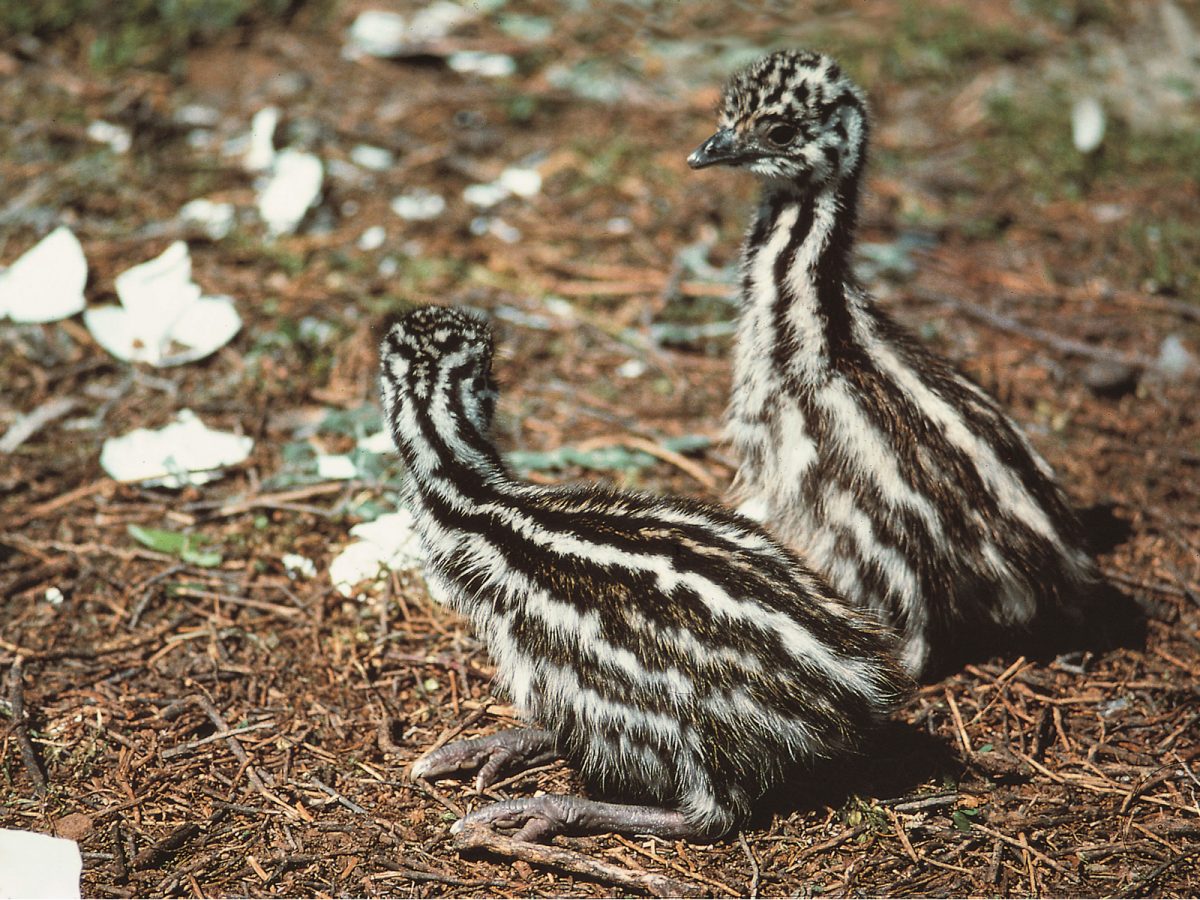 Photo Information
Photo InformationEmu chicks
Graham Robertson/DPIE
While full-sized emus can be a terrifying 2m tall, run 50km/h, and defeat a machine-gun-wielding military force (in the ’30s, emus actually stood up to a gang of automatic rifles in WA’s ‘Emu War’), emu chicks are way more adorable.
Did you know: Kangaroos and emus can’t run backwards. It’s been suggested this is why these two feature on the Aussie coat of arms – to symbolise the country always moving forward.
